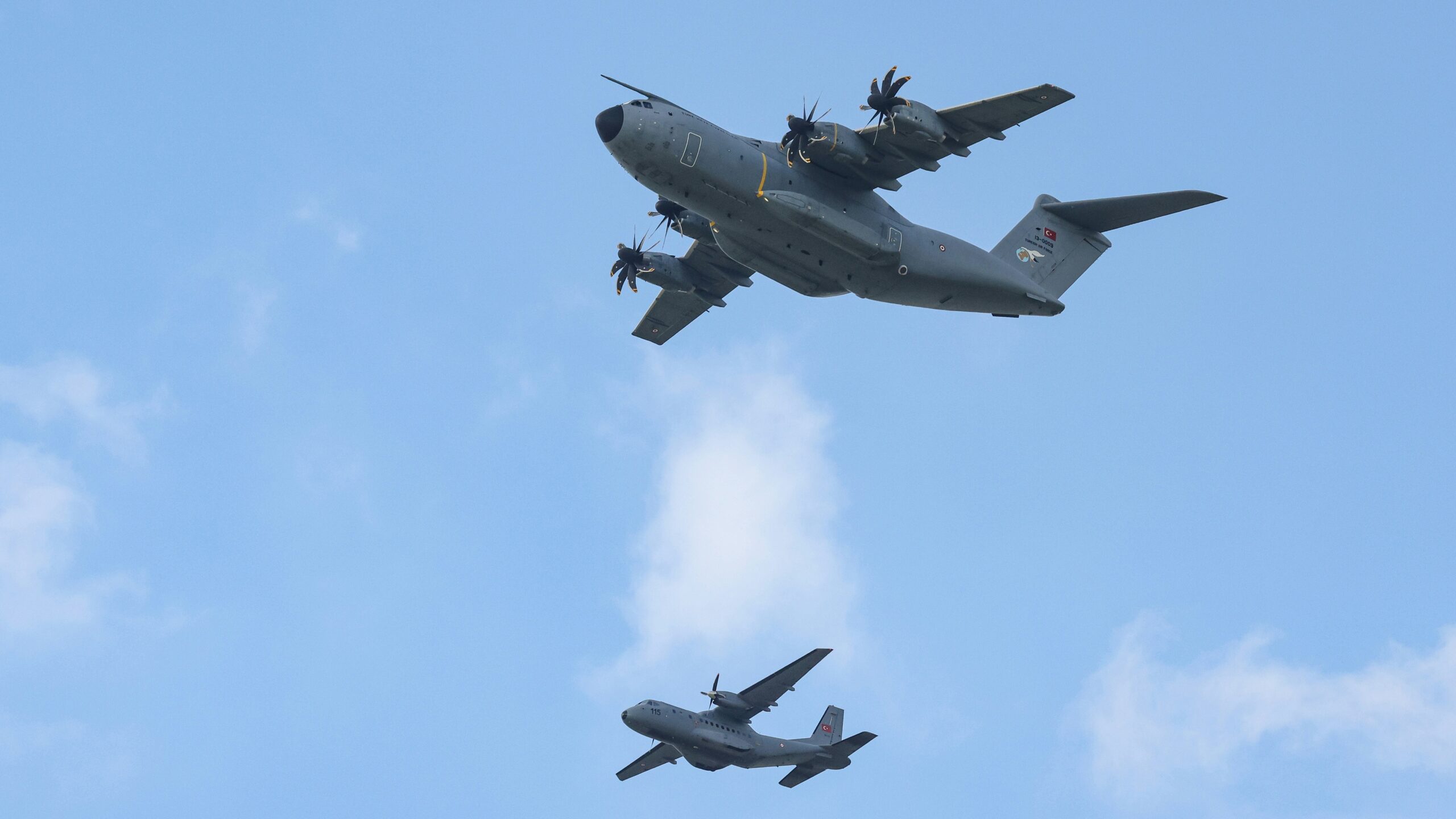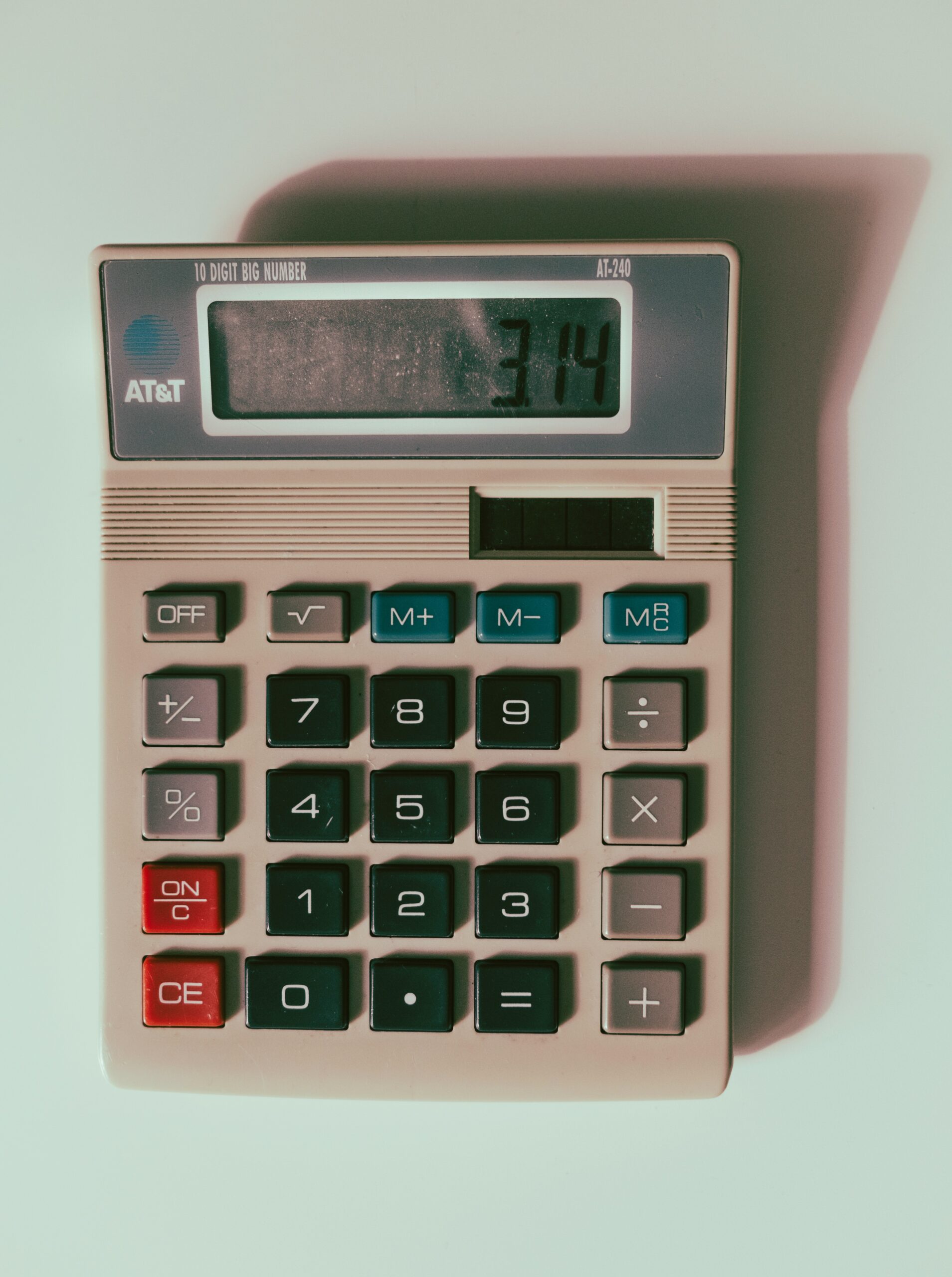“`html
On recent note, a significant assembly of hundreds of people came together to march in solidarity with Palestinians detained in Israeli jails. Participants in the march voiced their concern and opposition to the treatment of Palestinian prisoners, addressing broader issues of human rights and justice. The demonstration attracted a diverse array of individuals, signaling widespread discontent and a rising call for change internationally.
The event holds particular significance against the backdrop of ongoing tensions in the region. The mass gathering underscores not only the urgency of the Palestinian plight but also the broader geopolitical dynamics at play. This march is part of a series of global actions aimed at addressing the living conditions and treatment of Palestinians in detainment, an issue that continues to spark intense debate and highlight deep-rooted grievances.
The symbolic protest served as a platform for raising awareness and fostering dialogue about the often-overlooked aspects of the Israeli-Palestinian conflict. It aimed to amplify the voices of those affected, bringing international focus to their struggles. With placards, chants, and speeches, participants sought to convey a message of solidarity, urging for humane treatment of prisoners and adherence to international legal standards.
As we delve deeper into the nuances of the march and the context surrounding it, we will explore the perspectives of organizers, participants, and experts. The analysis will provide a comprehensive understanding of the motivations behind the demonstration, the response from various stakeholders, and the implications for future peace efforts. This set the stage for a detailed examination of a crucial and complex issue, reflecting the global community’s growing engagement and solidarity with Palestinian detainees.
Background on the Detentions
The detentions of Palestinians in Israeli jails have long been a contentious issue, rooted in the historical and political complexities of the Israeli-Palestinian conflict. This ongoing matter involves the incarceration of individuals under various statutes, including administrative detention, which permits holding individuals without formal charges or trials. The Israeli government asserts that these measures are necessary for maintaining security and combating terrorism. However, these detentions have sparked significant debate regarding their legality and ethical implications.
The legal framework surrounding Palestinian detentions includes both Israeli military orders and international humanitarian laws. Critics argue that the use of administrative detention often violates international conventions, such as the Fourth Geneva Convention, which safeguards the rights of occupied populations. Legal experts and human rights organizations frequently highlight the lack of due process and the indefinite nature of some detentions, viewing them as violations of basic human rights.
Humanitarian concerns also factor heavily into the discourse. Reports of harsh conditions, inadequate medical care, and limited family visits emphasize the challenging circumstances faced by detainees. Additionally, the psychological and social impacts on detainees and their families, exacerbated by protracted separations, have drawn widespread condemnation from various international bodies and civil society groups.
Protests and advocacy efforts for the rights of Palestinian detainees are not unprecedented. Historically, there have been numerous demonstrations and hunger strikes aimed at drawing global attention to the plight of those incarcerated. High-profile incidents, such as mass hunger strikes and international campaigns led by human rights organizations, have periodically succeeded in prompting dialogues, though lasting solutions remain elusive.
As recent marches show, the solidarity movements continue to resonate deeply within Palestinian communities and among global supporters. These collective actions underscore the enduring and unresolved nature of detentions, highlighting the urgent call for a comprehensive and just resolution that respects the fundamental rights of all individuals involved.
The March: A Snapshot
The recent march in solidarity with Palestinians held in Israeli jails took place on a brisk afternoon, gathering momentum in the bustling downtown area of the city. The event, held on a Saturday, saw the participation of several hundred individuals, each determined to voice their support for the prisoners and their families. Starting at the central park, the marchers made their way through the main streets, creating a powerful and unified front.
Key figures in the organization of the march included several human rights groups and local community leaders who have been vocal advocates for Palestinian rights. Among them were well-known organizations like Amnesty International and the Free Palestine Movement, which provided crucial logistical support and rallied participants through various campaigns leading up to the event. Their efforts ensured a structured and cohesive procession, marked by rhythmic chants and eye-catching banners.
The atmosphere during the march was charged with both resolve and a deep sense of community. Participants, ranging from young students to elderly activists, marched side by side, brandishing signs that read “Freedom for Palestinian Prisoners” and “End the Occupation.” The diversity among the marchers highlighted the widespread concern and solidarity with the plight of the Palestinians detained in Israeli jails. The mix of poignant speeches and passionate chants created a cacophony of voices unified in purpose.
Notable events during the march included a series of speeches by prominent activists and former detainees who recounted their experiences and reinforced the urgent call for justice. These speeches were met with applause and chants of support from the crowd, further amplifying the message of the rally. In addition to the vocal expressions of solidarity, the march was marked by moments of silence, honoring the individuals who have endured prolonged imprisonment without fair trials.
By the end of the march, participants had not only demonstrated their unwavering support but also showcased the strength of collective action. The march concluded with a symbolic release of balloons, each inscribed with the name of a detained Palestinian, serving as a poignant reminder of the human lives at the heart of this struggle. The event was more than just a protest; it was a vivid expression of unity and resilience.
Voices from the Protest
As the streets swelled with the rhythmic pulse of determined footsteps, the voices of the marchers broke through the clamorous outskirts, each one carrying a deeply personal story. Among the crowd, Mariam, a mother of three, held aloft a photograph of her eldest son, who has been detained for over two years. “Every day is a battle,” she shared, her voice quivering with a mixture of pain and resolve. “But seeing all these people standing with us, I feel a glimmer of hope.”
For many, the protest was a way to transform their anguish into action. Ahmed, a young college student, spoke eloquently about his reasons for joining the march. “My cousin was taken last year, and none of us have heard from him since. Being here today allows me to speak for him and others like him, who are silenced behind bars. We must remember their humanity.” His words resonated deeply, highlighting the shared bonds of family and friendship that underpin the protest.
Another marcher, Hana, who came from a neighboring city to participate, emphasized the communal nature of the struggle. “This isn’t just about those who are detained,” she explained. “It’s about an entire community under duress. It’s about our collective identity and our shared future.” Her sentiment was echoed by many others who believed that their presence served as a crucial stand against the dehumanization of Palestinian detainees.
Testimonies from families brought further gravity to the scene. Layla, the sister of a detained teacher, spoke poignantly of the devastating impact on her family. “My brother was my rock, my guide. His absence leaves a void that’s impossible to fill. Through this march, I want to remind the world that they’re not just statistics or news headlines; they are fathers, brothers, mothers, and sisters.”
These personal narratives, interwoven with the chants and banners, humanized the larger political issue and underscored the profound emotional drive fueling the solidarity march. The collective act of protest became a tapestry of individual stories, each thread adding to a powerful, unified call for justice and humanity.
International Reactions
Global reactions to the solidarity march in support of Palestinians held in Israeli jails have been marked by a mix of condemnation, concern, and calls for action. International human rights organizations have prominently voiced their distress over the conditions faced by Palestinian prisoners. Amnesty International, for example, has repeatedly highlighted instances of alleged mistreatment and have condemned what they describe as systemic abuses within the Israeli prison system.
The United Nations has taken a firm stance, with various spokespersons urging for adherence to international humanitarian laws. The UN High Commissioner for Human Rights has called for thorough investigations into allegations of violations and has advocated for the immediate release of those detained without proper legal process. Reports and statements from such prominent bodies serve to amplify the issue on the global stage, emphasizing the need for a resolution.
Foreign governments have also weighed in, with responses ranging from cautious diplomatic statements to pointed criticisms. Countries with established human rights policies, like Sweden and Norway, have issued statements calling on Israel to ensure the humane treatment of all detainees. Meanwhile, nations with historically tense relations with Israel, such as Turkey and Iran, have used the occasion to denounce Israeli policies in Occupied Palestinian Territories across multiple international forums.
Media coverage of the solidarity march has varied widely depending on the geopolitical landscapes. Western media outlets have largely reported on the march with an emphasis on human rights concerns and the broader socio-political context. In contrast, Middle Eastern news networks have provided extensive, empathetic coverage, often aligning the march with broader regional discontent over Israeli policies.
The international community’s view on Palestinian prisoners in Israeli jails is deeply influenced by broader geopolitical alignments and humanitarian concerns. While there is considerable support for Palestinian prisoners among rights organizations and certain governments, oppositional stances from key diplomatic allies of Israel ensure that the discourse remains polarized. This dynamic underscores the complexity and global dimension of the issue.
Impact on Policy and Public Opinion
The recent solidarity march in support of Palestinians held in Israeli jails marks a significant moment of public demonstration, shedding light on a highly contentious issue. This mobilization could potentially impact Israeli policy concerning Palestinian prisoners and reshape public opinion both domestically and within the Palestinian territories. The sheer number of participants, coupled with the charged atmosphere of the march, underscores a growing discontent that Israeli policymakers can hardly afford to ignore.
In the immediate aftermath, various political figures have weighed in with their perspectives, reflecting the complex political landscape. Some Israeli leaders have expressed concern that the march might embolden Palestinian prisoners, complicating security measures, while others believe it exemplifies the essential democratic right to protest. Simultaneously, voices from Palestinian territories have hailed the march as a powerful display of unity and resistance against what they perceive as unjust detentions.
From a policy standpoint, the march may serve as a catalyst for more intense scrutiny and potential reforms. Israeli authorities might be pushed to re-evaluate practices surrounding the detention of Palestinian prisoners, possibly leading to increased transparency or even policy adjustments aimed at addressing some of the grievances expressed by the marchers. However, the deeply entrenched political sentiments on both sides mean any substantive policy shifts are likely to be slow and fraught with challenges.
Public opinion, too, is expected to be influenced by these demonstrations. Within Israel, the march could either polarize or galvanize citizens, depending on their preexisting views regarding Palestinian prisoners. In Palestinian territories, the march has amplified sentiments of solidarity and hope, potentially bolstering support for future demonstrations and negotiations.
While the long-term impacts remain uncertain, the march has undoubtedly ignited discussions that could shape future legislation and diplomatic dialogue. It underscores the power of collective action in highlighting issues of justice and human rights, reverberating beyond the immediate event and into the broader political and social spheres.
Throughout the years, protests in solidarity with Palestinians held in Israeli jails have exhibited a various range in scale and outcome. When comparing the recent march to its predecessors, several key differences and similarities become evident. For example, past demonstrations, such as the ones that occurred in the late 1980s during the First Intifada, often involved larger crowds and were marked by significant civil unrest. Those events garnered widespread international media coverage, contributing to heightened awareness and sparking global debates on the Israeli-Palestinian conflict.
In contrast, the recent march was notably smaller in scale. While hundreds participated, the number was significantly less compared to the thousands that marched in the past. This reduction in participation could be due to various factors, including shifting political landscapes, increased restrictions on public gatherings, and perhaps a sense of fatigue among longstanding activists. Despite the smaller turnout, the recent protest showcased a unique form of solidarity by integrating modern means of communication, such as social media streaming and digital campaigning, thus reaching a broader audience online.
Additionally, the scope of the recent march appeared more focused and organized in comparison to previous protests. Unlike earlier demonstrations, which often had a wide array of demands ranging from prisoner rights to broader calls for peace and justice, the recent event concentrated primarily on the conditions faced by Palestinians in Israeli jails. This specificity likely aimed to amplify a targeted message, making it more digestible and actionable for policy-makers and international human rights organizations.
Furthermore, the governmental response to the recent march differed markedly from previous occasions. In earlier years, heavy-handed tactics by security forces were not uncommon, leading to numerous arrests and violent clashes. However, the response to this latest demonstration was relatively subdued, with fewer reported incidents of conflict. This could indicate a shift in strategy by authorities to avoid escalating tensions or could reflect changes in protestor tactics towards more peaceful forms of demonstration.
Conclusion and Future Prospects
The march in solidarity with Palestinians held in Israeli jails highlighted significant issues concerning human rights and political freedoms. The large turnout and widespread support displayed the deep-seated concerns within the global community regarding the treatment of Palestinian detainees. This public demonstration has underscored the importance of addressing the practices surrounding detention and the need for transparent judicial processes. Such marches not only bring global attention to the plight of the detainees but also strengthen the resolve of activists to continue advocating for justice and fair treatment.
The implications of this event are manifold. For the detainees, the international exposure and heightened awareness can potentially lead to increased pressure on Israeli authorities to review and reform incarceration practices. Advocacy groups may leverage this momentum to push for diplomatic engagements and dialogues aimed at improving conditions and ensuring that the rights of detainees are protected. Moreover, such public demonstrations could influence policy decisions and foster a climate of accountability.
Looking forward, the protest movement supporting Palestinian detainees is likely to grow both in scope and intensity. As global solidarity strengthens, campaigns and initiatives will likely evolve to include diverse tactics, from digital advocacy to coordinated actions, all aimed at amplifying the call for justice. Collaborative efforts between local and international human rights organizations will be crucial in maintaining the pressure and fostering a sustained dialogue on this pressing issue.
In essence, while the march in solidarity with Palestinian detainees represents a significant moment of collective activism, it also sets the stage for future actions aimed at achieving lasting change. Continued vigilance and proactive advocacy will be key to ensuring that the discourse surrounding detainee rights remains in the forefront, ultimately contributing to a landscape where justice and human rights prevail.



